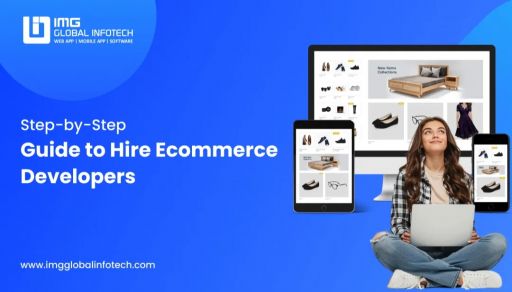Shein Business Model Explained: How It Became Genz’s Favorite Shopping App
Dipti Singhal
May 14, 2025

Shein is a Chinese-founded online fast fashion retailer that has grown into a global phenomenon. Established in 2008 by Chris Xu, Shein originally focused on selling wedding dresses but soon pivoted into women’s fashion. Today, it serves customers in over 150 countries and is especially dominant among Gen Z shoppers, thanks to its trend-first, mobile-friendly, and affordable offerings.
Unlike traditional fashion brands that operate through physical stores, Shein’s online-only model allows it to drastically reduce costs and offer thousands of new styles every week. It operates at the intersection of fashion, data, and technology, using real-time insights to predict trends, produce clothing in small batches, and rapidly scale up styles that perform well.
Shein’s ultra-fast fashion business model goes beyond what brands like Zara and H&M offer. It prioritizes speed and trend adaptation, often designing, manufacturing, and listing a new product within a week. With advanced logistics, supply chain control, and aggressive influencer marketing, Shein has built a retail empire on the back of consumer behavior analysis and digital dominance.
Shein Stats & Facts: Funding & Major Milestones
Understanding Shein’s growth journey gives insight into its business strategy and market influence. Here are key stats and milestones that have defined Shein’s rise:
Quick Stats:
-
Founded: 2008
-
Founder: Chris Xu (also known as Xu Yangtian)
-
Headquarters: Nanjing, China (though it claims to serve a global audience)
-
Employees: 10,000+ globally
-
Markets: Ships to over 150 countries
-
App Downloads: Over 250 million globally
-
Website Traffic: Frequently surpasses Amazon in fashion-related web traffic
Funding & Valuation:
-
Funding Raised: Shein has raised over $2 billion in venture capital.
-
Notable Investors: Sequoia Capital China, Tiger Global Management, General Atlantic, and IDG Capital.
-
Valuation: As of 2023, Shein was valued at $66 billion, making it one of the most valuable private retail companies globally.
Major Milestones:
-
2015: Rebranded from “SheInside” to “Shein” and shifted to international markets.
-
2018–2020: Exploded on platforms like TikTok and Instagram through influencer collaborations.
-
2021: Became the most downloaded shopping app in the U.S., surpassing Amazon.
-
2022: Launched the Shein X Designer Program to collaborate with global fashion creators.
-
2023: Entered new markets and expanded product categories including beauty, home, and electronics.
-
2024: Continued pushing into AI-powered fashion forecasting and localized fulfillment centers.
These figures highlight Shein's meteoric rise and how it became the #1 online fashion destination for younger demographics.
Also Read: Shein-Like Fashion Ecommerce App Development Cost in Dubai
Features of the Shein App & Shopping Experience
One of Shein’s biggest strengths lies in its feature-rich app and website, which are meticulously optimized for Gen Z users. The company uses a mix of psychological triggers, gamification, and AI personalization to drive high engagement and conversion.
Key Features That Drive Shein’s Success:
1. Personalized Product Feed
Using AI and browsing behavior, Shein offers a personalized shopping feed with recommended products, trends, and styling suggestions based on user preferences.
2. Daily New Arrivals
The app adds 1,000+ new products every day, keeping shoppers constantly engaged and encouraging frequent visits.
3. Gamified Experience
Spin-the-wheel rewards, flash sales, quizzes, and point-earning activities keep users interacting with the app longer.
4. Wishlist & Save for Later
Users can save products to curated wishlists for easier future purchases, which also feeds back into Shein’s data analysis for trend prediction.
5. Live Streaming & Events
Shein hosts live shopping events with influencers, offering exclusive discounts and limited-edition releases.
6. Multi-Language & Currency Support
The platform supports dozens of languages and currencies, tailoring the shopping experience for local markets globally.
7. Shein X (Designer Program)
A unique platform that allows independent designers to create and launch collections, giving the brand both credibility and variety.
8. Customer Reviews with Images
A strong community-driven review system with photo uploads helps build trust and reduce return rates.
9. Integrated Logistics Tracking
Shein provides detailed order tracking within the app, making post-purchase engagement seamless.
10. Social Media Integration
Easy sharing options, hashtag campaigns, and “Shop the Look” features allow users to mimic influencer styles instantly.
These features aren’t just designed to boost sales - they create a highly immersive and addictive shopping experience, which is a huge factor in Shein’s success among Gen Z.
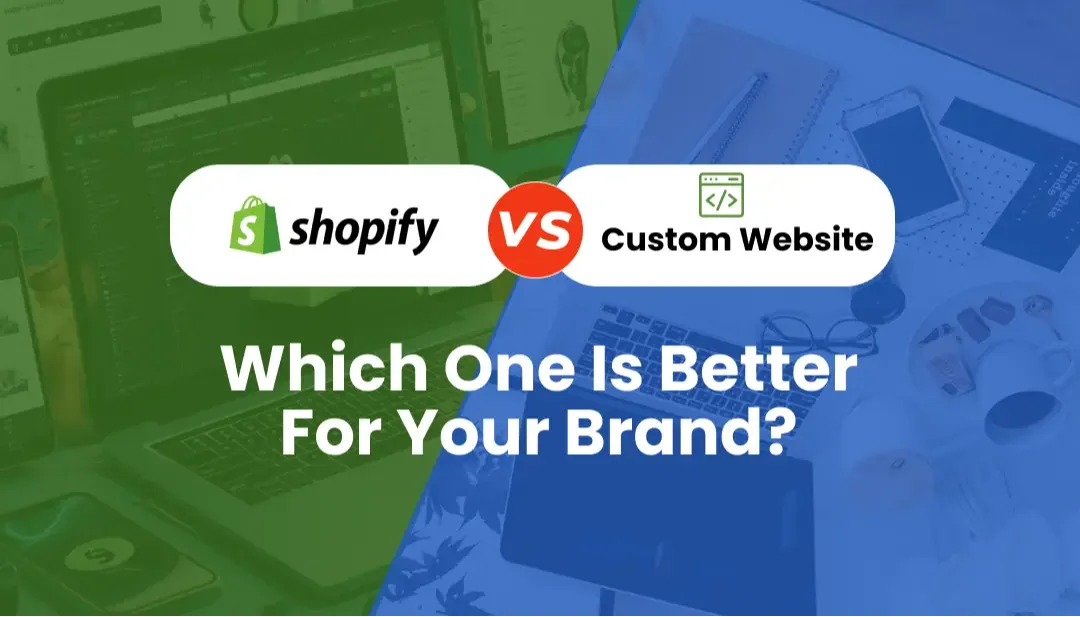
Shein Success Story
1. Understanding Shein’s Business Model
At its core, Shein’s business model is built around speed, affordability, data, and digital marketing. Unlike traditional retailers that launch seasonal collections, Shein produces new styles daily based on real-time fashion trends.
Key Pillars of the Business Model:
-
Data-Driven Design: Shein monitors social media, search trends, and user behavior to decide which products to design and launch.
-
On-Demand Manufacturing: The company uses small-batch production (as few as 100 pieces initially) to test demand before mass production.
-
Agile Supply Chain: By partnering directly with manufacturers, Shein shortens production cycles to under 7 days.
-
Global Online-Only Model: Unlike H&M or Zara, Shein operates exclusively online, reducing overhead and expanding reach.
This eCommerce business model example proves how digital-first thinking can upend the traditional retail world.
2. How Shein Became Popular
The question on everyone's mind: How did Shein become so popular? The answer lies in its perfect alignment with what Gen Z wants — affordable fashion, constant novelty, and social media relevance.
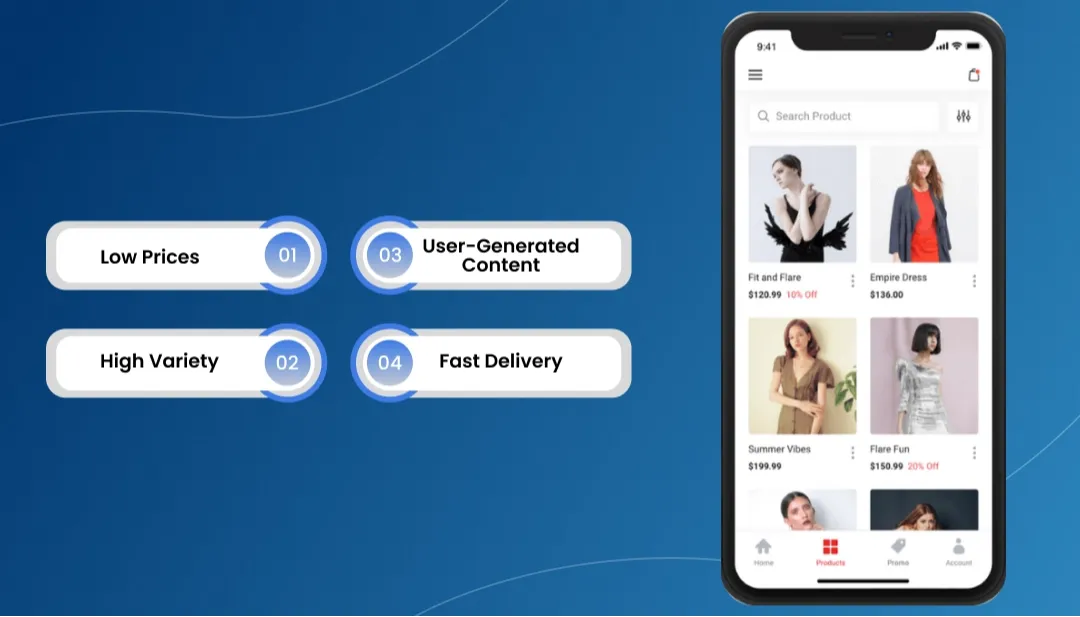
Major Reasons Behind Its Rise:
-
Low Prices: Shein offers thousands of trendy styles at ultra-low prices, making it a favorite for budget-conscious teens and college students.
-
High Variety: The app adds 1,000+ new items daily, catering to a wide range of preferences and subcultures.
-
User-Generated Content: Influencer marketing and user hauls on platforms like TikTok and Instagram helped boost Shein’s global visibility.
-
Fast Delivery: Despite being based in China, Shein has optimized logistics to offer relatively quick shipping in the U.S., UK, India, and beyond.
This explosive growth makes Shein a prime case study in modern fashion retailing.
Also Read: D2C Ecommerce App Development: A Step-By-Step Guide for Business Owners
3. Revenue Model of Shein
So, how does Shein make money? Let’s look at its revenue model:
-
Direct Sales: The primary source of income is direct-to-consumer sales via the Shein app and website.
-
Private Labeling: Shein controls most of its manufacturing and branding, ensuring higher margins.
-
Flash Sales & Discounts: Dynamic pricing strategies keep conversion rates high.
-
Affiliate Programs: Shein partners with influencers and bloggers who earn commissions through referral traffic.
In short, the Shein revenue model focuses on high-volume, low-margin sales, boosted by virality and scale.
4. Gen Z Shopping Trends and Shein’s Fit
Understanding Gen Z shopping trends is key to Shein’s success:
-
Digital-First: Gen Z prefers shopping via mobile apps and social platforms - Shein’s digital-native approach taps into this.
-
Instant Gratification: New drops daily feed Gen Z’s desire for instant style updates.
-
Sustainability Concerns: While some Gen Z buyers raise questions about fast fashion's impact, many still opt for affordability and variety.
-
Customization and Engagement: Shein leverages quizzes, reviews, and wishlists to personalize the shopping experience.
This makes Shein a top example of a brand that understands how to attract Gen Z shoppers.
5. Technology Behind Shein’s Success
What really powers Shein behind the scenes? The brand isn’t just a fashion company — it’s a tech company in disguise.
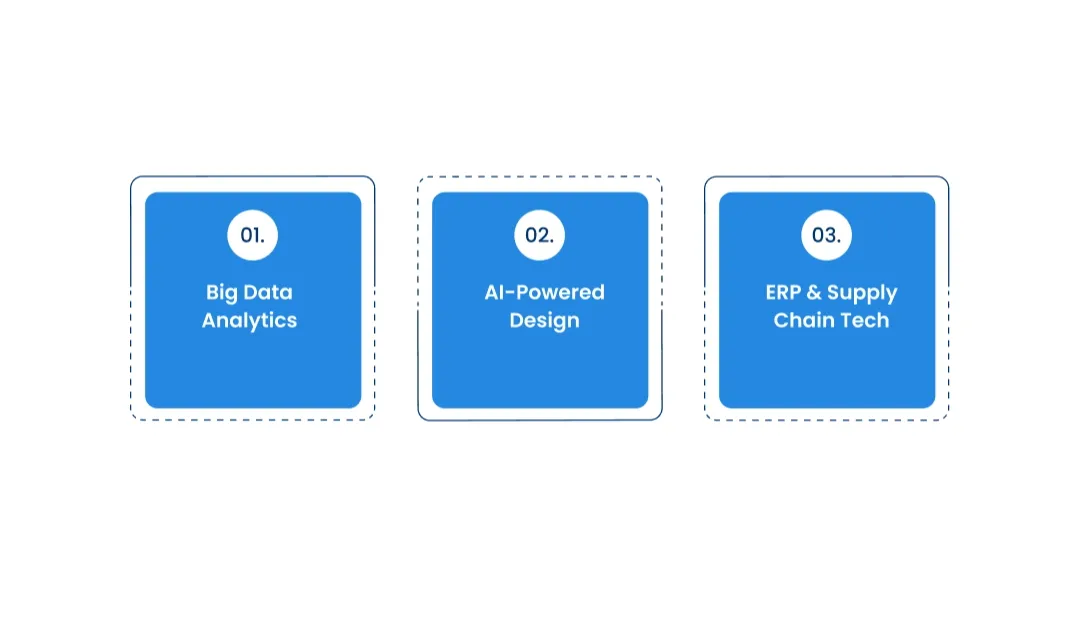
Key Technological Strengths:
-
Big Data Analytics: Tracks user activity, trend predictions, and feedback to drive product decisions.
-
AI-Powered Design: AI helps designers create trend-matching outfits in real time.
-
ERP & Supply Chain Tech: Customized enterprise tools allow tight control over inventory and supplier coordination.
This technology-driven strategy enables Shein to respond to trends faster than any traditional brand.
6. Comparing Shein’s Business Strategy with Competitors
Let’s compare Shein’s business strategy with traditional retailers like Zara and H&M:
As seen, Shein outpaces even fast-fashion veterans by pushing the limits of ultra-fast fashion.
7. Criticisms & Challenges Facing Shein
Despite its success, Shein isn’t free from controversy:
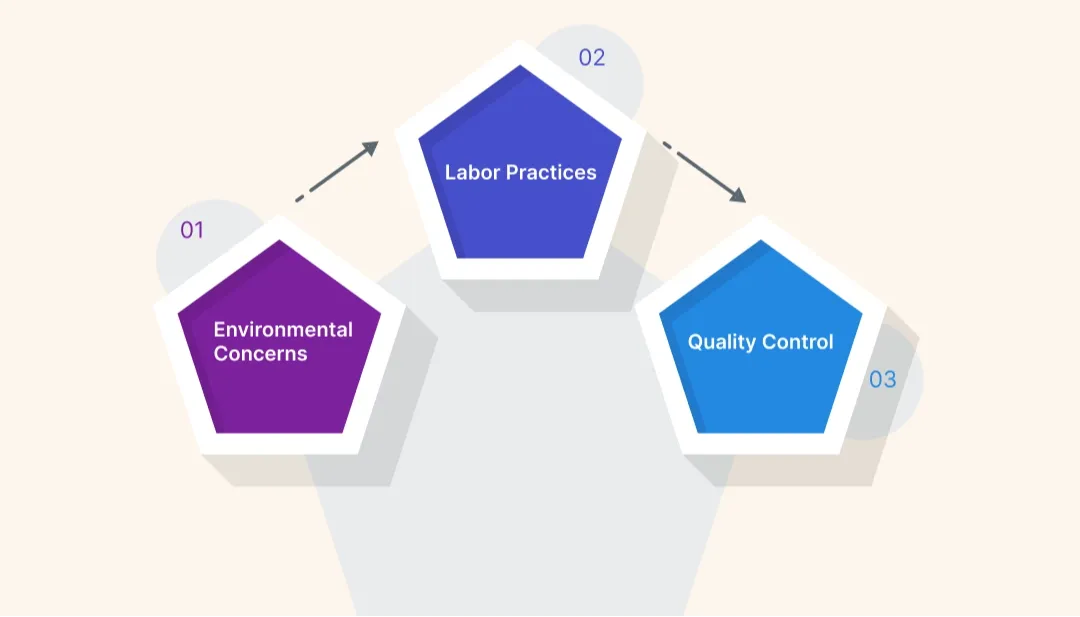
-
Environmental Concerns: Critics highlight the waste and pollution caused by its fast production cycles.
-
Labor Practices: Questions have been raised about working conditions in factories tied to Shein.
-
Quality Control: Mass production often results in inconsistent product quality.
These challenges may affect Shein’s long-term sustainability, especially as more Gen Z shoppers prioritize ethical consumption.
8. Lessons for Startups & Fashion Entrepreneurs
There’s a lot to learn from the Shein business model if you’re launching your own fashion app or eCommerce startup:
-
Embrace Technology: Invest in data and AI to make real-time decisions.
-
Stay Agile: Build a flexible supply chain that allows for testing and scaling.
-
Leverage Influencers: Micro-influencer partnerships can amplify brand visibility cost-effectively.
-
Test Before Scaling: Like Shein, start small with limited runs to minimize inventory risk.
Shein’s success story is a blueprint for modern retail growth in a mobile-first world.
Final Thoughts
Shein business model is a masterclass in leveraging technology, social media, and fast production to meet the evolving needs of Gen Z. By staying lean, listening to data, and constantly innovating, Shein has redefined what it means to be a fashion brand in the digital age.
While sustainability and ethical concerns persist, its ability to adapt and innovate has cemented Shein as a case study in modern retail evolution. For marketers, startups, and eCommerce founders, there’s a lot to learn from how Shein works - and why it became Gen Z’s favorite shopping app.
If you’re inspired by Shein’s success and want to build a similar eCommerce app, you can trust IMG Global Infotech as a leading eCommerce app development company. With expertise in custom app development, user-centric design, and scalable backend solutions, IMG Global Infotech helps businesses bring powerful online shopping platforms to life.
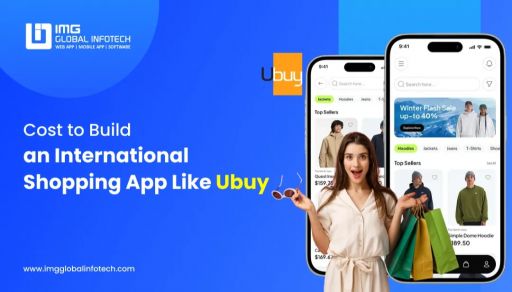 How Much Does It Cost to Build an International Shopping App Like Ubuy?
How Much Does It Cost to Build an International Shopping App Like Ubuy?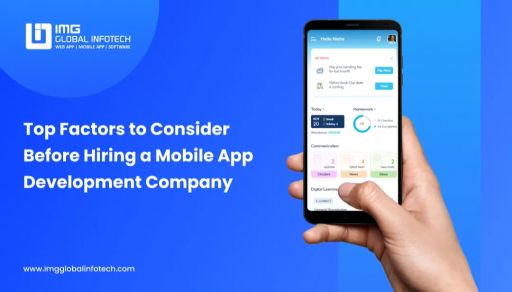 Top Factors to Consider Before Hiring a Mobile App Development Company
Top Factors to Consider Before Hiring a Mobile App Development Company 10 Porter Alternatives To Know in 2026
10 Porter Alternatives To Know in 2026 How to Choose the Best AI Development Company for Your Business in India
How to Choose the Best AI Development Company for Your Business in India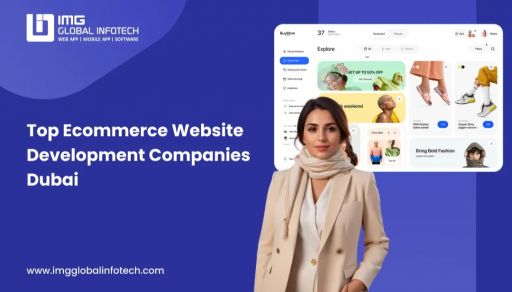 Top Ecommerce Website Development Companies in Dubai
Top Ecommerce Website Development Companies in Dubai
Dipti Singhal is a skilled Content Writing Specialist at IMG Global Infotech, with strong expertise in creating engaging, SEO-optimized content for various industries. She focuses on blending storytelling with effective keyword strategies to help businesses connect with their audience and improve their online visibility. Passionate about delivering high-quality content that drives real results, Dipti plays an essential role in strengthening the company’s digital presence.


